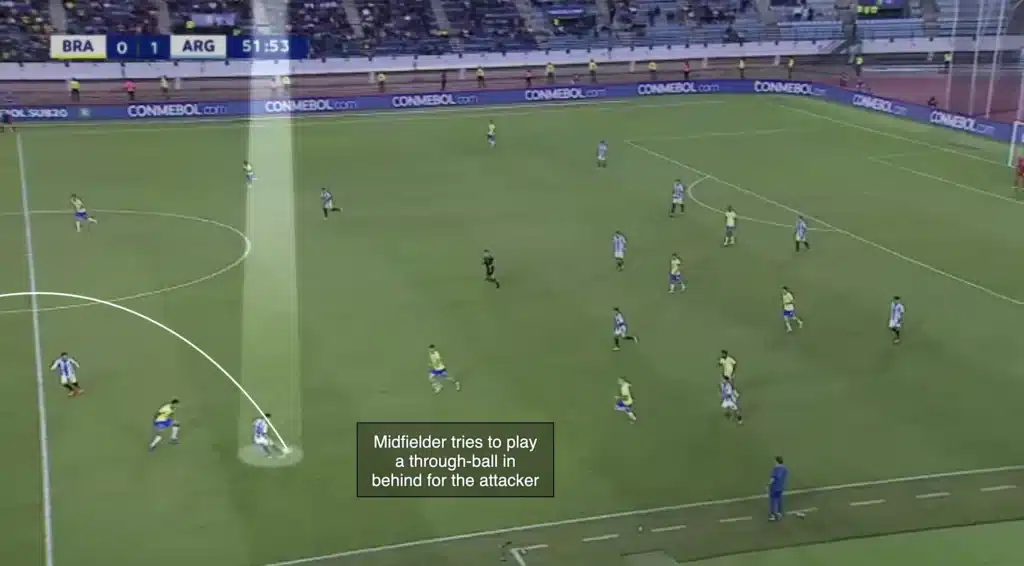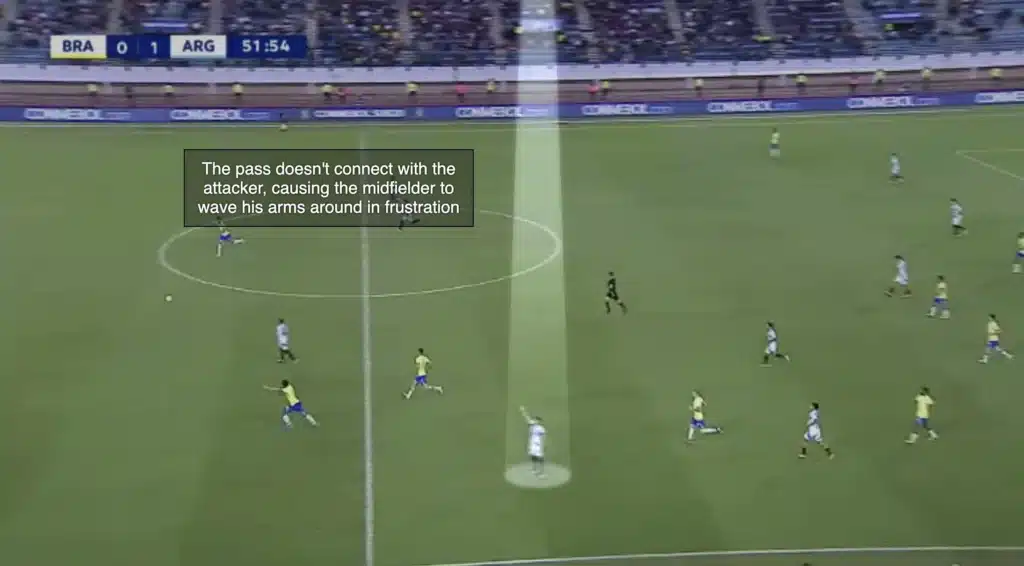Modern scouting has moved far beyond identifying players who can simply run fast, pass cleanly, or finish clinically. Today’s top clubs understand that mentality and decision-making are as crucial as physical, technical, and tactical skills — and often, they are the differentiators between a good player and an elite one.
A player’s ability to remain calm under pressure, make quick and effective choices, and consistently execute the right action in the right moment can define whether they can succeed at the highest level. But for scouts and analysts, evaluating these psychological and cognitive aspects is far less straightforward than counting successful dribbles or measuring top speed.
This article explores how to systematically assess mentality and decision-making, how to include it meaningfully in scouting reports, and why these qualities should never be overlooked when recommending players.
Why Mentality and Decision-Making Matter
The Margins Are Small at the Top
At elite level, nearly every player is technically proficient and physically capable. What separates the best from the rest is their ability to:
- Make optimal decisions in a fraction of a second.
- Maintain composure under high-stress conditions.
- Consistently choose actions that benefit the team rather than themselves.
Players with exceptional decision-making tend to maximize their output per touch, leading to better ball retention, more efficient attacking moves, and fewer dangerous turnovers.
Mentality as a Driver of Development
Mentality is not just about match-day psychology. It influences how a player trains, responds to adversity, and develops over time. A player with elite mentality:
- Accepts coaching and adapts quickly.
- Responds positively to mistakes and setbacks.
- Remains focused and disciplined over a long season.
From a scouting perspective, this is critical. A player with slightly lower current ability but outstanding mentality may surpass a more talented peer in two or three seasons.
Breaking Down Mentality in Scouting
To avoid vague statements like “good mentality” or “strong character,” scouts can break mentality into observable behaviors:
1. Resilience and Response to Adversity
- How does the player react after conceding a goal or making a mistake?
- Do they continue to demand the ball or hide from possession?
- Do they show visible frustration toward teammates or focus on solutions?
2. Competitive Drive and Work Rate
- Does the player consistently sprint to press, recover, and support teammates even when tired or when the game seems lost?
- Are they proactive (anticipating danger) or reactive (waiting until it’s too late)?
3. Focus and Concentration
- Does the player switch off after their team loses the ball?
- Are they caught out of position due to lack of concentration late in matches?
- Do they stay sharp in transition moments or leave gaps?
4. Leadership and Communication
- Are they vocal, helping organize teammates?
- Do they encourage or criticize constructively?
- Do they lead by example with their intensity and professionalism?
Each of these areas can be turned into specific observations in your report, helping clubs build a more complete psychological profile.
Evaluating Decision-Making in Practice
Decision-making can be assessed by analyzing both the quality and timing of choices a player makes in various phases of play:
1. In Possession
- Does the player play the right pass for the situation, not just the most spectacular one?
- How do they handle pressure — do they rush, or can they wait for the right moment?
- Do they force low-probability shots or create high-quality chances through composure?
2. Out of Possession
- Do they press intelligently or chase recklessly and open spaces?
- Are they aware of their marking responsibilities when the ball is on the opposite side?
- Do they recognize when to foul tactically to stop transitions?
3. In Transitions
- Do they react quickly after losing the ball (counterpress) or switch off?
- After winning possession, do they immediately look forward for a fast break or slow the game unnecessarily?
Using video clips and freeze frames during analysis can help capture these moments, making it clear whether a player’s choices fit your team’s playing model.
Practical Examples
In this situation, a midfielder attempts a forward pass that fails to connect, and his team immediately loses possession. Instead of reacting quickly to recover the ball, he throws his arms out in frustration and turns away from the play for a brief moment.


From a scouting perspective, this sequence is concerning for two reasons. First, the negative body language can have a direct impact on teammates — gestures of frustration often spread tension through the team and can lower collective focus. Second, the delay in defensive transition gives the opposition an opportunity to launch a counterattack with less resistance.
This type of moment is exactly what scouts and analysts should note when evaluating mentality. The issue is not that the pass was misplaced — mistakes happen — but that the player’s reaction reduced his team’s ability to immediately win the ball back.
How to Include This in Scouting Reports
Instead of generic phrases, provide specific, observable evidence:
| Attribute | Example of Good Note | Example of Poor Note |
|---|---|---|
| Mentality | “Stayed vocal and organized the backline after conceding twice — did not drop intensity.” | “Has good mentality.” |
| Decision-Making | “Played three vertical passes under pressure in build-up, breaking lines instead of clearing long.” | “Makes good passes.” |
Where possible, use video timestamps to back up claims so the technical staff can verify the observation.
The Role of Context
Mentality and decision-making are context-dependent. A player’s composure at youth level may not translate to senior football under real pressure. Consider:
- Match state: Were they leading comfortably or fighting for a draw?
- Opponent quality: Making good decisions against elite pressing teams is a stronger indicator.
- Game intensity: Some players look calm in slow games but struggle in chaotic transitions.
Evaluating across multiple matches and scenarios reduces the risk of overvaluing one-off performances.
Conclusion
Mentality and decision-making are no longer “intangibles” — they can be observed, analyzed, and reported systematically. Scouts who provide clear, specific insights into a player’s psychological profile and cognitive performance give their clubs a critical advantage.
By focusing on observable behaviors, game context, and decision outcomes, your scouting reports can go beyond “what” a player does and capture how and why they do it. That’s where the difference lies between signing a technically gifted player who fades under pressure and one who thrives in the decisive moments of a season.
